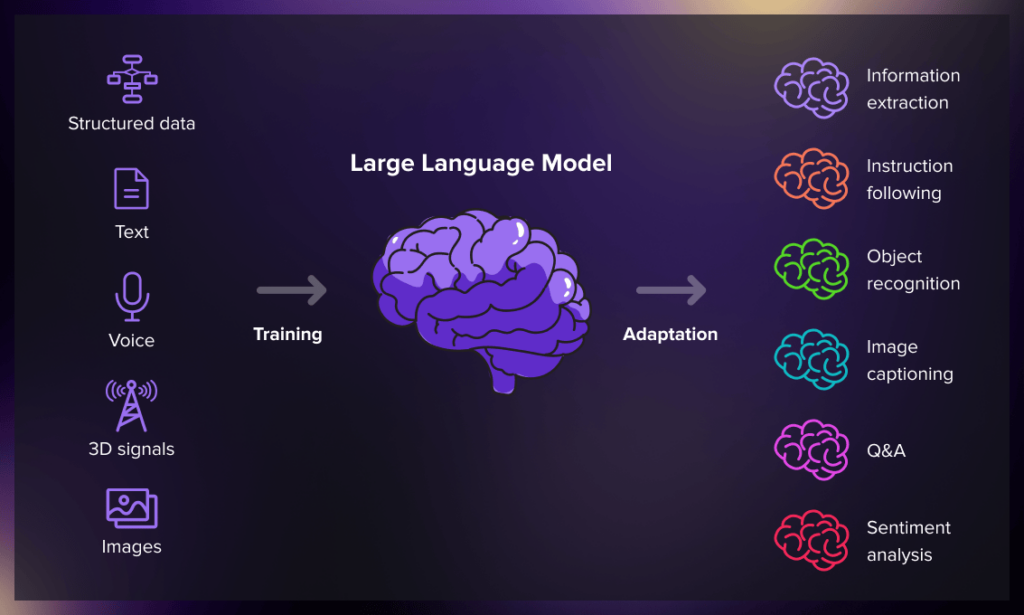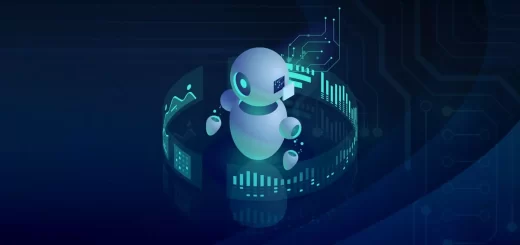AI Language Models Enter a New Phase with ChatGPT

For years, artificial intelligence has been improving how humans interact with technology, but until recently, AI-based conversational models had clear limitations. Chatbots and virtual assistants often felt rigid, struggled with nuanced dialogue, and frequently failed to provide contextually relevant responses. However, in December 2022, OpenAI introduced ChatGPT to the public, an AI-powered chatbot capable of generating remarkably human-like conversations.
Unlike previous AI-driven assistants, ChatGPT demonstrated an ability to engage in natural, context-aware discussions, generate detailed responses, and even exhibit elements of reasoning and creativity. As millions of users tested the model in its research preview phase, it quickly became clear that this was not just another chatbot—it was a transformative shift in human-AI interaction.
Why This Development Stood Out
While conversational AI was not new, the scale, accessibility, and quality of ChatGPT’s responses set it apart from its predecessors. The model, built on OpenAI’s GPT-3.5 architecture, introduced several enhancements:
- Fluid and contextually aware conversations – Unlike earlier chatbots that provided one-off responses, ChatGPT could retain context over multiple exchanges, making interactions feel more dynamic and engaging.
- General knowledge across disciplines – The AI could answer questions, write essays, assist in coding, and even generate creative content, making it a versatile tool for various users.
- Natural language understanding – ChatGPT demonstrated an improved grasp of tone, intent, and linguistic structure, allowing for more precise responses.
The model’s rapid rise in popularity hinted at a shift in how businesses, educators, and individuals would begin integrating AI into daily workflows.
Where ChatGPT Was Being Applied
Although ChatGPT was initially released as a research preview, users worldwide immediately began experimenting with its capabilities, leading to an explosion of real-world applications.
1. AI as a Writing and Research Assistant
- Content creators and marketers used ChatGPT to generate blog posts, social media captions, and advertising copy.
- Researchers and students leveraged AI to summarize complex topics, draft reports, and generate structured outlines.
2. AI in Coding and Software Development
- Developers found that ChatGPT could write and debug code snippets, offering quick solutions to programming challenges.
- AI-assisted coding became a powerful learning tool, helping beginners understand coding concepts through interactive explanations.
3. AI in Customer Support and Business Communication
- Companies began experimenting with ChatGPT for automated customer service, providing instant responses to frequently asked questions.
- Professionals used AI to draft emails, create business proposals, and refine technical documentation.
By the end of December 2022, it was evident that ChatGPT’s influence was expanding rapidly across multiple industries.
Concerns and Challenges Raised by AI’s Growing Influence
Despite its impressive capabilities, ChatGPT also sparked discussions about potential risks and limitations.
1. Misinformation and Fact-Checking Issues
- While ChatGPT provided well-structured responses, it sometimes generated incorrect or misleading information.
- Users expressed concerns about AI’s ability to present false data convincingly, highlighting the need for fact-checking mechanisms.
2. Ethical Implications and AI Bias
- Like other AI models, ChatGPT inherited biases from its training data, leading to concerns about fairness and neutrality in responses.
- OpenAI had to implement safeguards and moderation tools to prevent harmful or unethical use cases.
3. The Impact on Human Jobs and Education
- Many questioned whether AI-generated content would replace human writers, programmers, and educators.
- Educators debated how ChatGPT could affect academic integrity, as students used AI to assist with assignments.
These concerns underscored the responsibility of AI developers, businesses, and users in managing AI’s societal impact.
The Road Ahead for AI-Powered Conversational Models
As 2022 came to an end, it became clear that ChatGPT was only the beginning of a larger AI transformation. In the near future, advancements were expected in:
- More refined AI-generated responses – Future models would improve in accuracy, reasoning, and contextual understanding, reducing errors.
- Business and enterprise adoption – Companies were already exploring custom AI assistants for internal workflows, HR automation, and sales optimization.
- Integration with voice and multimodal AI – AI models would soon extend beyond text, integrating speech recognition, image generation, and video synthesis.
The AI revolution in communication had only just begun, and 2023 was expected to push these developments even further.
An AI Breakthrough That Redefined Interaction
The release of ChatGPT in December 2022 was more than just a technological advancement—it was a moment of realization for businesses, educators, and everyday users. AI was no longer just an analytical tool or data processor; it had become a conversational partner, an assistant, and even a creative collaborator.
As industries explored its possibilities and limitations, one thing was certain: the way humans interact with AI would never be the same again.




